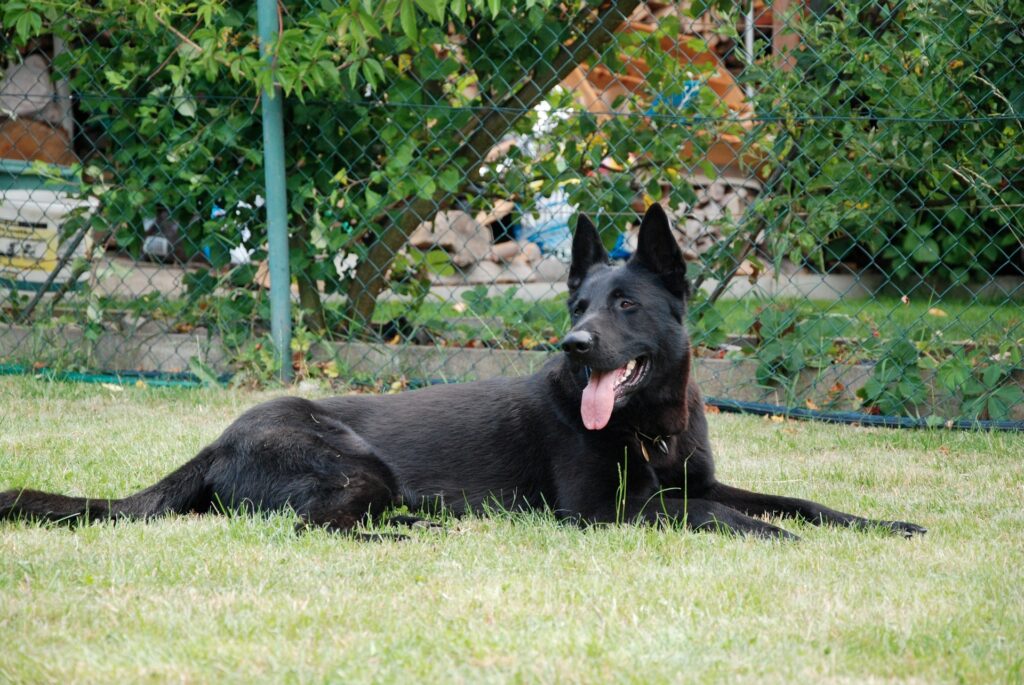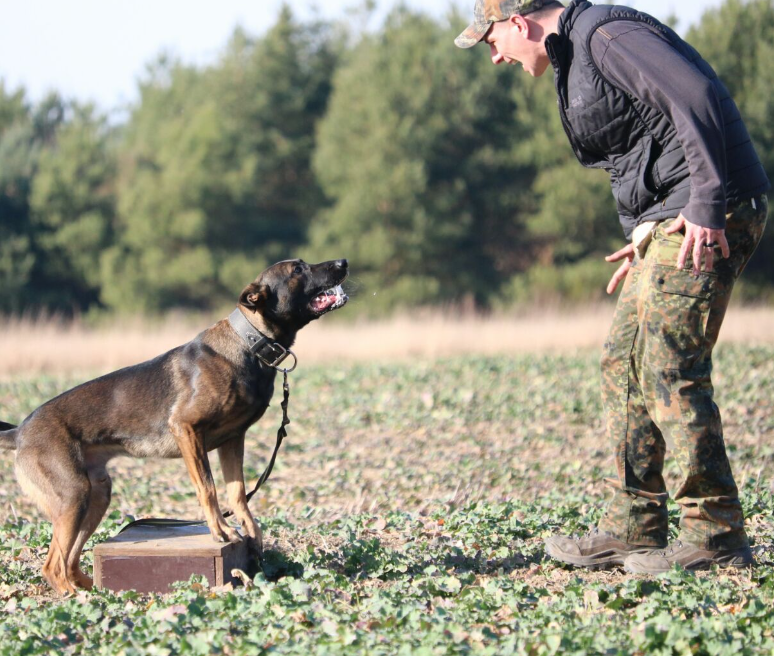
Engaging your dog in obstacle course training is not only a fantastic way to keep them physically active but also a mentally stimulating and fun experience for both of you. Whether you’re interested in participating in agility competitions or simply want to provide your dog with a dynamic and enjoyable form of exercise, training them to navigate obstacle courses can strengthen the bond between you and your furry companion. In this blog, we’ll explore the steps and considerations for training your dog in agility and obstacle courses.
Understanding the Benefits
Training your dog to navigate obstacle courses offers a range of benefits:
- Physical Exercise: Obstacle courses provide an excellent full-body workout for your dog, promoting cardiovascular health, muscle strength, and flexibility.
- Mental Stimulation: Navigating through different obstacles challenges your dog’s problem-solving skills and enhances mental stimulation.
- Bonding Opportunities: Working together on an obstacle course strengthens the bond between you and your dog as you communicate and collaborate to overcome challenges.
- Building Confidence: Successfully completing obstacles boosts your dog’s confidence and self-esteem.
Steps to Train Your Dog for Obstacle Courses
1. Basic Obedience:
- Before introducing obstacles, ensure your dog has a solid foundation in basic obedience commands like sit, stay, come, and heel. These commands are the building blocks for navigating obstacles.
2. Introduction to Equipment:
- Familiarize your dog with individual pieces of equipment one at a time. Begin with simpler obstacles such as tunnels or jumps before progressing to more complex ones like weave poles or A-frames.
3. Positive Reinforcement:
- Use positive reinforcement techniques to encourage your dog. Reward them with treats, praise, or toys when they successfully navigate an obstacle.
4. Take It Slow:
- Gradually increase the difficulty and complexity of the obstacle course. Begin with a straightforward course layout and then add more challenges as your dog becomes more confident.
5. Use a Leash Initially:
- For safety and control, use a leash during the initial training sessions. This helps guide your dog through the course and prevents them from becoming overwhelmed.
6. Encourage Exploration:
- Allow your dog to explore the obstacles at their own pace. Encourage curiosity and interest in each piece of equipment.
7. Practice Consistently:
- Regular practice is crucial for mastery. Dedicate short, regular sessions to maintain interest and prevent fatigue.
8. Variety in Training Locations:
- Train in different locations to generalize the skills. This helps your dog adapt to various environments and distractions.
9. Handler Awareness:
- Pay attention to your body language and cues. Your dog will look to you for guidance, so clear and consistent cues are essential.
10. Seek Professional Guidance:
- Consider enrolling in agility classes or seeking guidance from a professional trainer, especially if you’re interested in pursuing agility competitions.
Common Obstacles in Dog Agility
- Jumps: Dogs leap over hurdles of varying heights.
- Tunnels: Dogs run through tunnels of different lengths and shapes.
- Weave Poles: Dogs navigate through a series of upright poles in a weaving pattern.
- A-Frame: Dogs climb up and down an A-shaped structure.
- Dog Walk: Dogs traverse a narrow plank elevated above the ground.
- Pause Table: Dogs pause on a table for a set duration.
- Tyre Jump: Dogs jump through a suspended tire.
Safety Considerations
- Check Equipment Stability: Ensure that all equipment is stable and secure before each training session.
- Warm-Up and Cool Down: Prioritize warm-up exercises to prepare your dog’s muscles and joints. Follow with a cool-down to prevent injury.
- Veterinary Check: Before starting agility training, consult with your veterinarian to ensure your dog is physically fit for this activity.
- Age Consideration: Adjust the height and intensity of obstacles based on your dog’s age and physical condition.
In Conclusion
Training your dog to navigate obstacle courses is a delightful and rewarding experience. It not only provides physical and mental stimulation but also strengthens the bond between you and your canine companion. Whether you’re looking to compete in agility events or simply enjoy a dynamic form of exercise, obstacle course training offers a fun and fulfilling way to engage with your dog.


